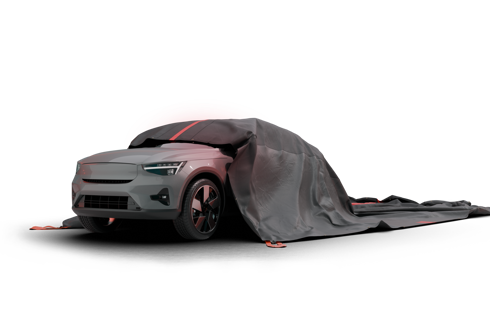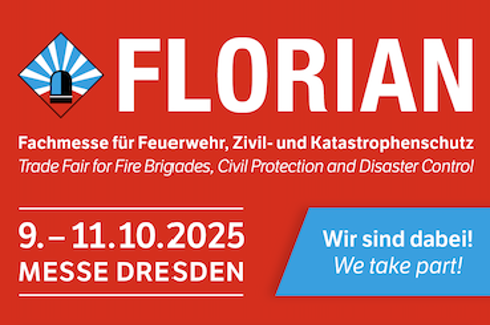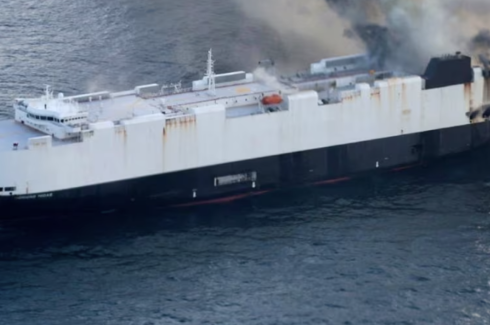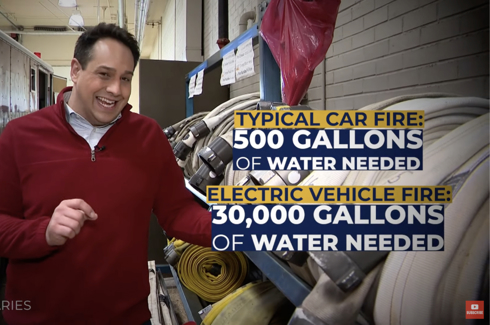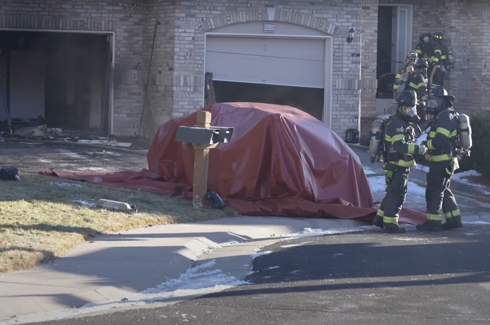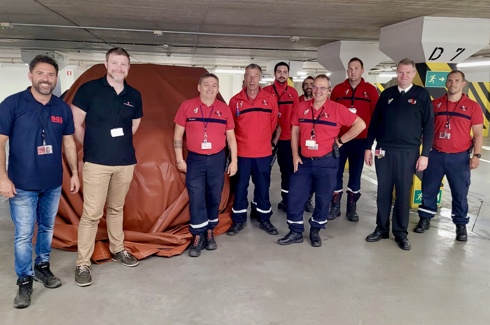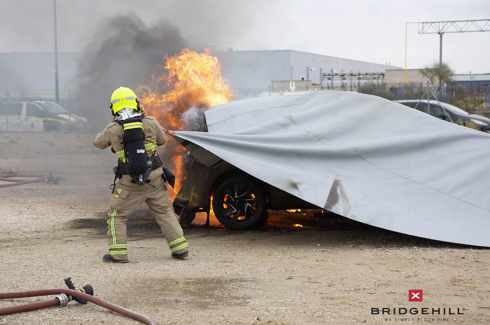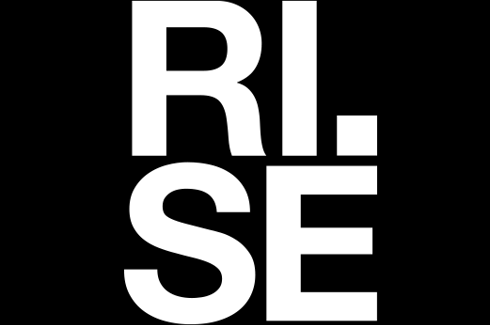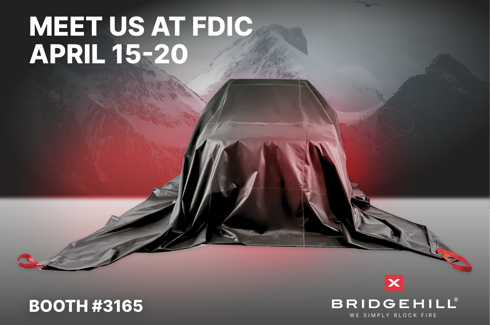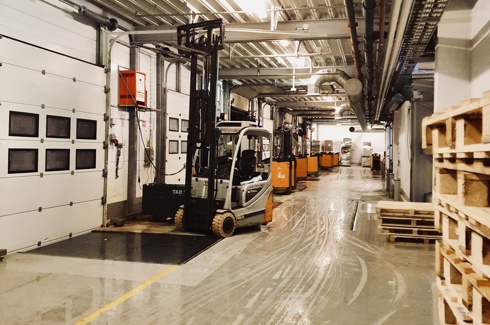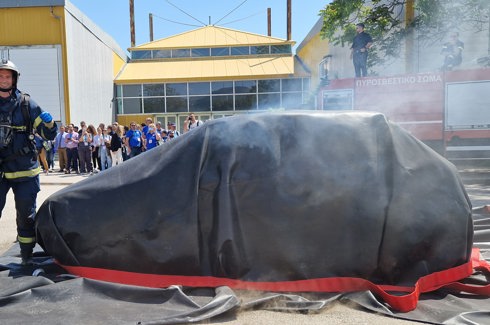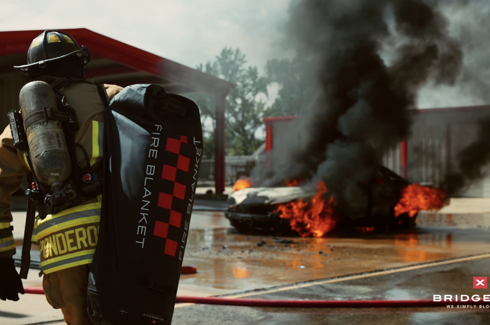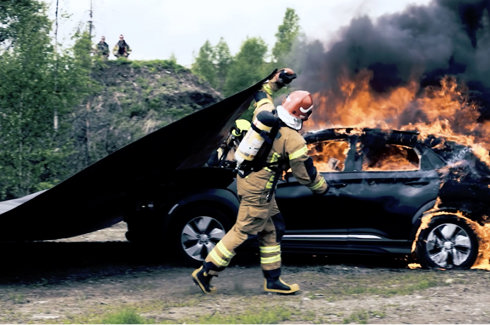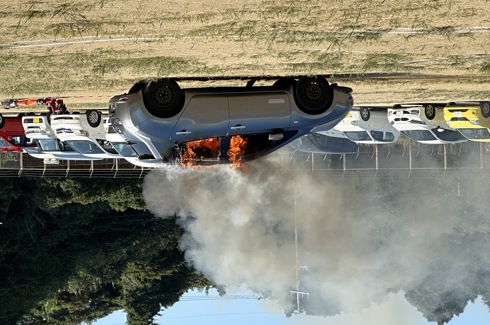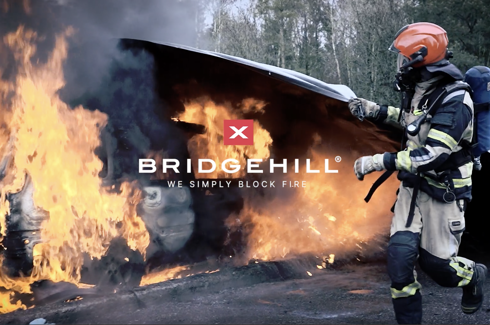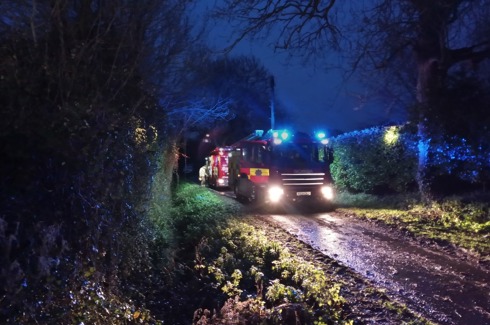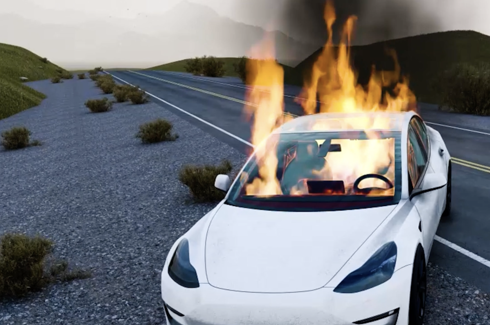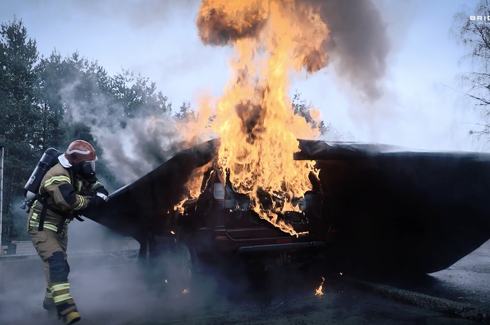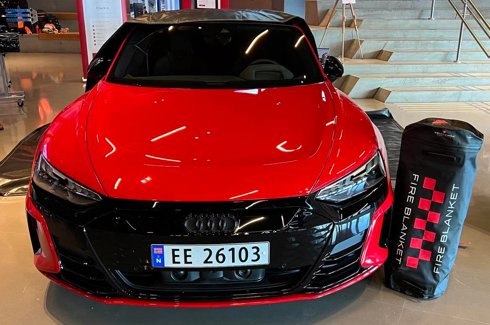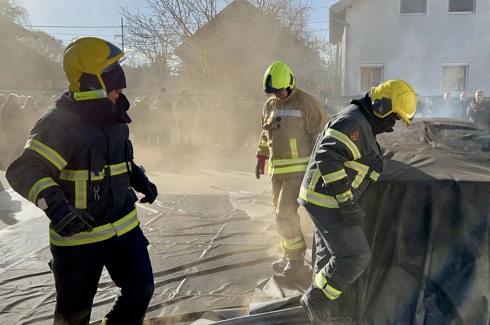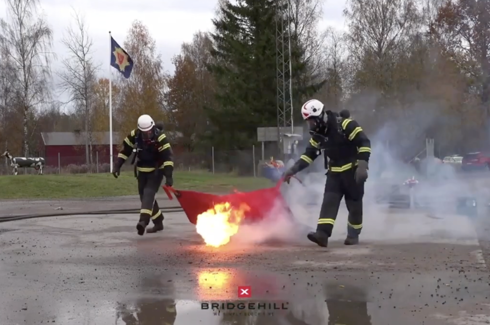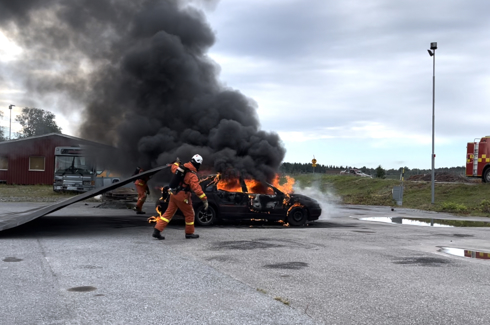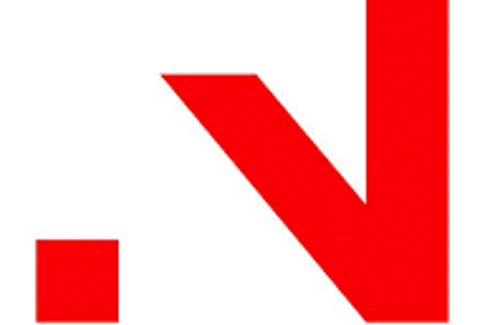Q&A: Fire Blankets
Our founder, Frank Brubakken, has been asked about fire blankets´role in first response and hazmat incidents.
HasZim aims to equip first responders and hazmat workers across the globe with safe, interaxtive hazmat training- and we are very proud to be featured in this Q&A.
What inspired your initial idea?
In January 2014 all of Norway woke up hearing about the devastation in fire in Lærdal. That a fire of this magnitude could happen in 2014, when technology has developed so much in all other areas, surprised me. This showed that there was a need for better solutions for professional firefighters. At the same time, I noticed that NASA had developed the inflatable heat shield for use in space. This heat shield gave the foundation for the very first fire sail for buildings — and Bridgehill was born.
How did that idea evolve into what we see today?
After the first fire sail was developed, we read about the challenges with fire in electric cars. I dived into all the science I came across regarding lithium metal and lithium batteries since the ‘70s up to today. Fire in lithium batteries can only be taken out by cooling the battery cells. The plastic and organic material that burns in a car fire increases the temperature in the batteries and contributes to the spread of fire from battery cell to battery cell.
When we use our fire blanket in a car fire, all plastic and organic material is put out. Testing shows that the temperature around the battery cells decreases by half. This makes the spread of fire between the cells stop much sooner.
Since water creates short circuits in the batteries, and batteries reignite at any time, the fire blankets have become the chosen tool to deal with fire in electric vehicles. Norway is the world leader when it comes to the amount of electric vehicles cars per capita. And the national fire authorities recommend the fire blanket as a standard and most effective way to handle fire in electric vehicles. Sixty percent of fire stations in Norway have the blanket available.
What did you learn from early failures?
That it’s not easy to convince people about new solutions being more effective than conventional tools. You need to prove over and over again until the market itself talks about it. Some of our videos we shared went viral, then it took off. Now we are delivering fire blankets to all continents.
What have you learned from taking your product into the hazmat market?
That there has been very little evolution compared to other markets. There is definitely a need for better tools out there.
What has been the most profound story you have heard from a customer?
At an early stage of Bridgehill, there was an electric car fire in Oslo. Several fire trucks arrived at the scene, but were not able to take out the fire. Nearby residents were told to close the windows due to the poisoned smoke coming from the batteries. It was live on the news internationally and locally.
Then a firefighter recalled they had a fire blanket back at the fire station and brought it to the scene. The smoke and fire were under control immediately. The firefighter later called us and told the story we had seen live. This was a wake up for many professionals and made the fire blanket become the recommended way to handle fire in electric vehicles.
For a hazmat team, what’s the biggest barrier to entry to using your product?
Mentally. To transition from what you have been doing and drilling on for years, to using these very intuitive and effective Bridgehill fire blankets.
What problem keeps you up at night?
To make solutions available for the poorest people on earth. They build simple houses next to each other and use open fire to cook and live. There are no fire trucks or water available for them when a fire starts. Together with the United Nations, we hope to make simple and low-cost blankets available for them. These are easy-to-use blankets that can quickly make a firewall and block 96% of the heat.
What does the near-term future look like for your company?
We double our sales every year and are growing rapidly. We never rest on a product to be finished, but constantly develop better fabrics and coatings. We are now entering the United States with full force. We are developing a standard on how to handle fire in electric vehicles that will teach how fire in electric vehicles works, why it’s dangerous and hard to fight, and what are the problems and solutions for the next generation of batteries — solid-state batteries.
These batteries consist of lithium metal (not lithium salt like today) and water should not be used. Due to the nature of lithium metal, it starts to burn when it comes in contact with water. Our solutions will then be even more important, as using water on these batteries will be like putting out fire with gasoline.








